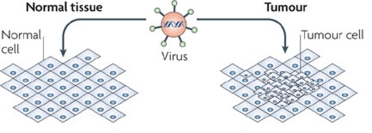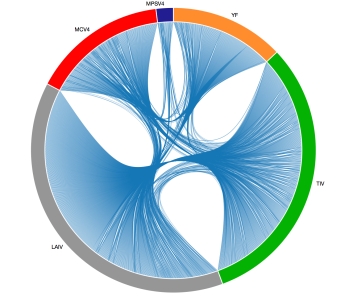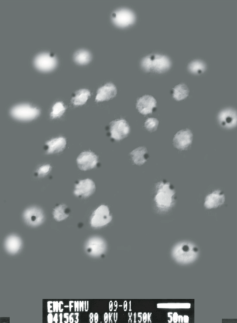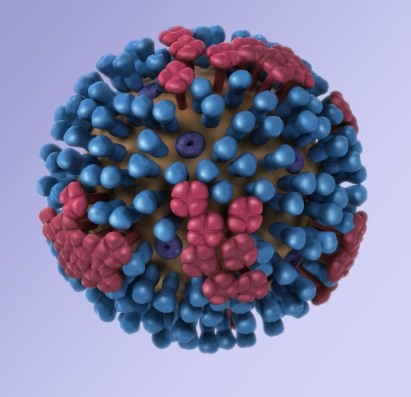Obese adults are at a greater risk of getting infected by – and dying from – influenza viruses like the pandemic H1N1. So, it’s probably very important for obese individuals to get their flu shot each year.
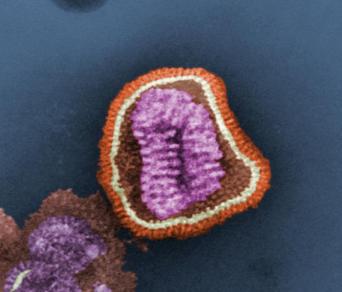
Yet interesting research coming out of the lab of Melinda Beck at the University of North Carolina at Chapel Hill is starting to paint a rather startling picture showing that obese people don’t develop good responses to vaccines compared to healthy weight controls. Antibody levels in the blood decline more quickly over time, and T cells don’t get as robustly activated or produce the same quantity of toxic molecules designed to kill invading pathogens.
Even more worryingly, these impaired vaccine responses are not just restricted to obese adults, but are seen in obese children as well. In Canada, an estimated 31.5% of children between the ages of 5-17 are overweight or obese.
Since a number of serious childhood infections, including measles and whooping cough, are on the rise, obesity could be a modern risk factor contributing towards the development of serious disease, potentially even in vaccinated individuals where primed immune responses just aren’t as good at dealing with infections.
Image: CDC/ Dr. Erskine. L. Palmer; Dr. M. L. Martin via Kat Masback
Repost from the Stojdl Lab blog.

